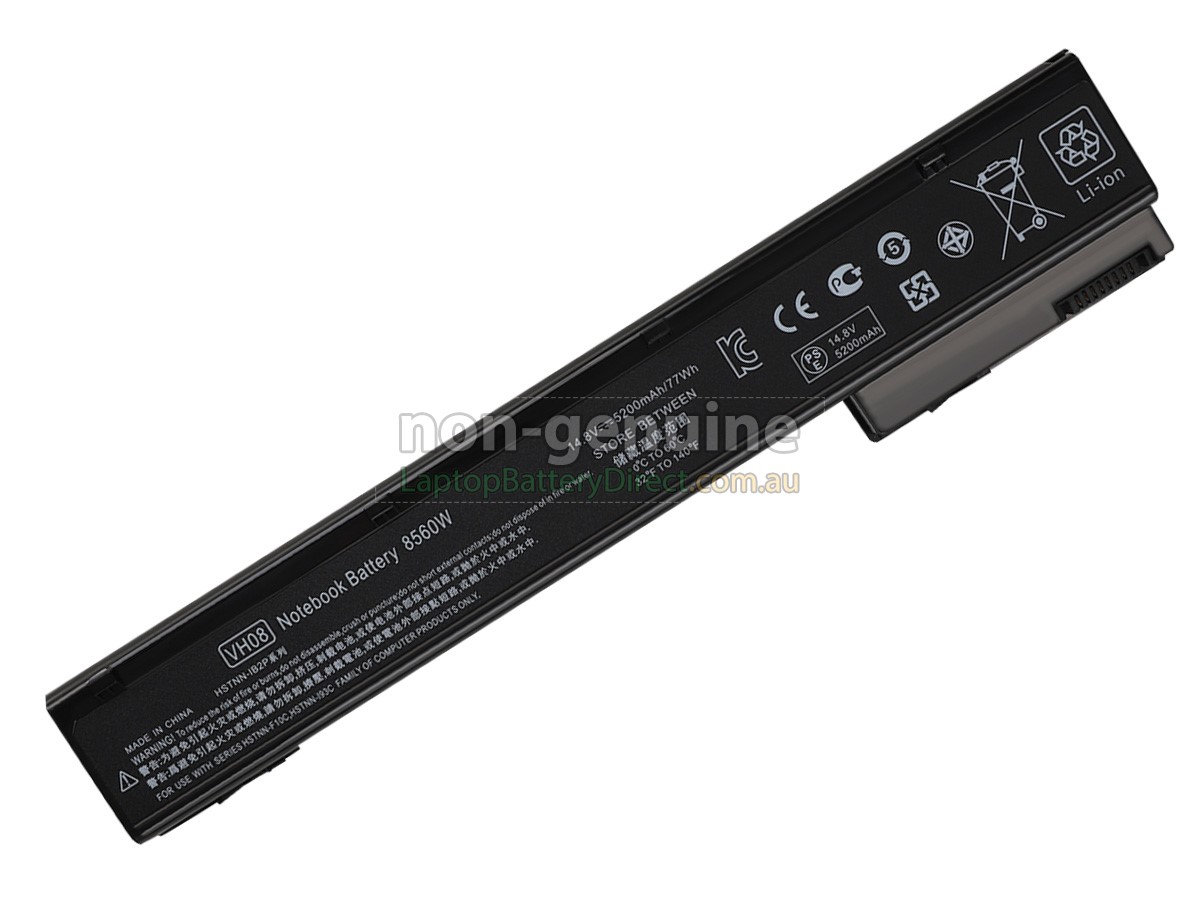

With CPU-only preview, preview dropped to about 2 fps at 95% CPU utilization with 662 dropped frames in the 30 second test. With CUDA acceleration, the EliteBook pushed 23.88 of the project’s 23.98 fps while utilizing 74% of system CPU and dropping no frames. None of the real world projects tested here use multiple layers and effects, so to test preview performance with these types of projects, I loaded up a test project produced by NVIDIA to stress GPU performance.

#Hp elitebook workstation 8760w l full
Here, CPU-only preview could only produce 46 fps of the 59.94 project at 99% CPU utilization, compared to full frame rate at 25% CPU with CUDA acceleration. On the more complex DSLR footage, however, the difference was much greater. Similarly, in the ADCHD project, the EliteBook previewed at full frame rate at 44% CPU utilization, which dropped to 20% with GPU acceleration enabled. Though GPU acceleration reduced CPU utilization to 17% or so, the difference wasn’t that great. For example, with the HDV Nutcracker test, CPU-only preview rumbled along at 29.97 fps at only 30% CPU utilization without GPU acceleration. In these tests, the 8760w proved more than capable of real-time playback without GPU acceleration with all formats save the DSLR-generated footage from the Canon 7D. I tested preview with and without GPU acceleration at 100% of sequence size with playback resolution set to full. Not to belabor the point, but this means that an identically configured notebook without NVIDIA graphics would run about 80% slower than the EliteBook. In these rendering trials, the EliteBook with GPU acceleration enabled outperformed CPU-only rendering performance by just under 80%, on a variety of projects involving HDV, AVCHD and DSLR footage.


I performed all tests with Use Maximum Render Quality enabled for reasons discussed in the above referenced article. The following table tells the tale regarding rendering. Since HP shipped the unit with only a single 250 GB hard drive, I stored the test projects on an Akitio Taurus Mini Super-S LCM drive connected via eSATA. The notebook came with a four-core 2.3 GHz i7-2820QM CPU with a whopping 16 GB of RAM, configured with the top of the line NVIDIA Quadro 5010M GPU. To reach this conclusion, I tested performance on an HP EliteBook 8760w using some of the real world projects detailed here. There’s simply that much difference between GPU accelerated performance and CPU only. If you’re buying a mobile solution for CS 5.5 editing, buying one without a CS5.5-compatible NVIDIA GPU would be a huge mistake. If you need an external eSATA drive for production work, the Akitio Taurus Mini Super-S LCM should be on your short list. If you’re in the market for such a notebook, the HP 8760w is a dream machine that performs as well or better than a single CPU desktop workstation. Since NVIDIA’s CUDA technology is the only GPU that currently accelerates rendering in the Adobe Media Encoder and Premiere Pro, buying a notebook without NVIDIA hardware for CS5.5 production is a huge mistake. Depending upon the project type, rendering with GPU-acceleration in Creative Suite 5.5 can reduce rendering time by up to 92% over CPU-only rendering.


 0 kommentar(er)
0 kommentar(er)
